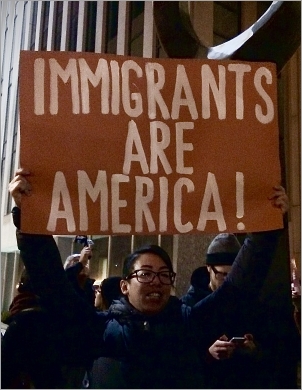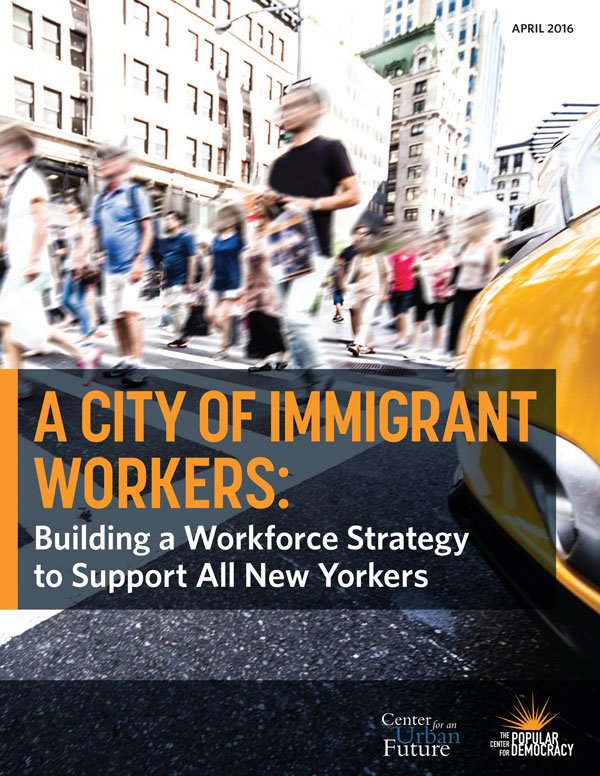When the Trump administration launched its ban on refugees and travelers from seven Muslim-majority countries last month, thousands of New Yorkers took to the streets to protest. At the Center for an Urban Future, we took a deep dive into our research on immigration to elevate the facts.
Over the past 20 years, the Center has frequently returned to the vital role of immigrants in New York City, both as architects of the city’s culture and engines of its economy. After all, although immigrants make up 37 percent of the city’s population, they comprise nearly half of its workforce.
This is among the great ironies of the immigration ban: For a president who claims to understand business and the economy better than anyone, his administration seemed to be ignoring a simple fact. Both in New York City and across the country, immigrants create massive economic dividends not only for themselves but for their entire communities.
In our response to the executive order, the Center created a series of Facebook posts exploring the role of immigration as an economic stimulus. The thinking was, rather than writing a blog post or penning an op-ed, we wanted to take our findings—drawn in part from last year’s A City of Immigrant Workers report—directly to the people.
If you happened to miss some, or all, of the posts in our #MattersOfFact series on the importance of immigrants to New York City’s economy, you can find them at the following links.
- Give Us Your Tired and Hard-working: In our initial post, we highlighted that there may be more immigrants in the city’s labor force than most New Yorkers realize, and showed how immigration has driven an outsized share of the city’s growth in recent decades. For example, between 1980 and 2011, New York’s City’s foreign-born population grew by 1.4 million, or 84 percent, while the native-born population declined by 223,000, a 4 percent drop.
- From the Pharmacy to a Taxi: Although immigrants comprise nearly half of the overall workforce, in certain professions, they fill a vast majority of the jobs (as the Center has highlighted previously). These jobs are across the economic spectrum: Yes, 82 percent of taxi and limousine drivers are foreign born, but 60 percent of pharmacists and civil engineers are, too. And immigrants have a higher labor participation rate than native-born New Yorkers: 66 percent compared to 61 percent
- The Taxman Cometh for All: The value of immigration extends far beyond the balance sheet, but those figures alone are worth a close look. For all the contributions immigrants make to New York’s culture, they also add considerably to the city’s bottom line. Immigrants generated $257 billion economic output in 2013, a third of New York City’s total, compared to $136 billion in 2000. Undocumented workers alone paid $1.1 billion in state and local taxes in 2015.
- It Ain’t Easy Having a Green Card: While New York is filled with immigrant success stories, new New Yorkers face numerous barriers to reach meaningful career opportunities and achieve stability for themselves and their families. Nearly half of all immigrant workers have a high school education or less, and they comprise 41 percent of New York City’s 1.7 million limited English speakers. As for the 32 percent of city immigrants with higher degrees, they often find themselves stuck in low-skill jobs for myriad reasons. Yet there are numerous ways that policymakers can help immigrants achieve more, as we highlighted in our post. In so doing, the whole city, and not just its immigrants, can benefit.
If you enjoyed this work, we hope you will follow us on Facebook, as well as Twitter, as we continue to experiment with new forms of outreach and advocacy.
Photo credit: James Stave



